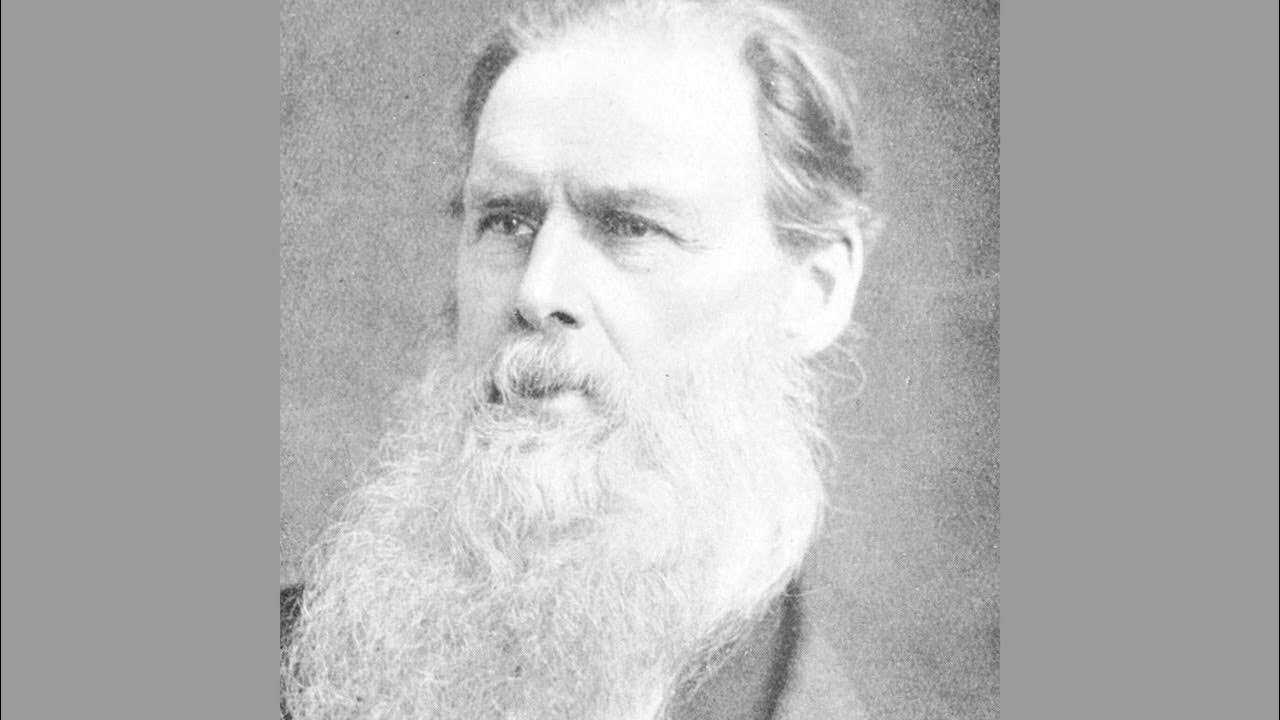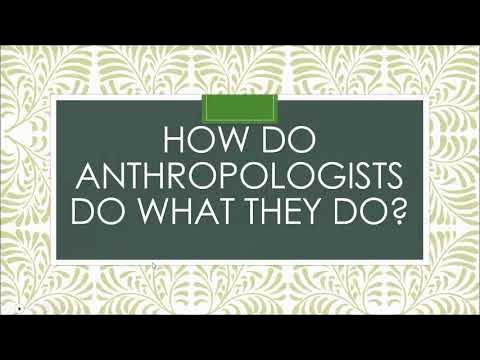Introduction to Anthropology
Summary
TLDRThis script explores the multifaceted field of anthropology, focusing on the study of human biology, evolution, and culture. It delves into four subfields: Biological Anthropology, examining human evolution and biology; Archaeology, uncovering material culture of past societies; Cultural Anthropology, analyzing contemporary societies' structures and customs; and Linguistic Anthropology, studying language dynamics. The script aims to provide a 'Big Picture' understanding of what it means to be human, highlighting the importance of interdisciplinary collaboration in this scientific endeavor.
Takeaways
- 🌏 Anthropology is the study of humans across space and time, with a focus on understanding our diversity within the context of biological and behavioral continuity with other species.
- 🔍 The word 'Anthropology' comes from Greek, with 'Anthropos' meaning human and 'logos' referring to the study of, highlighting its broad perspective on human experience.
- 🔬 Anthropology is divided into four subfields: Biological, Archaeological, Cultural, and Linguistic Anthropology, each focusing on different aspects of human study.
- 🦴 Biological Anthropology, previously known as Physical Anthropology, studies human biology within an evolutionary framework, including subjects like Paleoanthropology, Primatology, and Forensic Anthropology.
- 🧬 Paleoanthropology involves the search for and study of our hominin ancestors through fossil remains and DNA sequencing.
- 🐒 Primatology is the study of non-human primates, relating their behavior and morphology to our own species, with notable figures like Jane Goodall contributing to the field.
- 🕵️♂️ Forensic Anthropology applies human biology and osteology in legal investigations, often featured in crime dramas and real-life criminal cases.
- 🏺 Archaeology examines the material culture of past societies, ranging from ancient tools to more recent artifacts, providing insights into human behavior over time.
- 🌐 Cultural Anthropology focuses on the study of contemporary and recent human societies, including their social structures, customs, and sociocultural categories like Political and Economic Anthropology.
- 🗣 Linguistic Anthropology, not covered in this series, studies language and its interaction within and across social systems, often related to the field of Linguistics.
- 🤝 Biological Anthropology is multi-disciplinary, emphasizing the importance of collaboration across various scientific fields to understand human evolution and biology.
- 📚 The series aims to provide a 'Big Picture' understanding of Anthropology, exploring the biological and social aspects that define what it means to be human.
Q & A
What is the origin of the term 'Anthropology'?
-The term 'Anthropology' comes from the Greek words 'Anthropos' meaning 'human' and 'logos' meaning 'study of', which together signify the study of humans.
How does anthropology provide a broad perspective on the human experience?
-Anthropology offers a broad perspective by considering the diversity of human experiences within the context of biological and behavioral continuity with other animal species.
What are the four subfields of anthropology mentioned in the script?
-The four subfields of anthropology are Biological Anthropology, Archaeology, Cultural Anthropology, and Linguistic Anthropology.
What is the focus of Biological Anthropology?
-Biological Anthropology focuses on the study of human biology within an evolutionary framework, including subjects like Paleoanthropology, Primatology, and Forensic Anthropology.
What is Paleoanthropology and how does it contribute to our understanding of human evolution?
-Paleoanthropology is the study of our hominin ancestors through fossil remains and, when available, DNA sequencing. It helps us understand the physical changes in our ancestors over time and their paleoenvironments.
How does Primatology relate to the study of human evolution?
-Primatology studies non-human primates and their behavior and morphology, which can provide insights into the evolution of our own species by comparison.
What is the role of Forensic Anthropology in legal investigations?
-Forensic Anthropology applies human biology and osteology to assist in legal investigations, often involving the analysis of human remains in criminal cases.
What does Archaeology study and how does it contribute to anthropology?
-Archaeology studies the material culture of past people groups, providing insights into their behaviors, societies, and interactions with the environment.
What aspects of human societies does Cultural Anthropology examine?
-Cultural Anthropology examines contemporary and recent human societies, focusing on their governments, religious organizations, taboos, customs, and gender roles, among other sociocultural subjects.
Why is Linguistic Anthropology not covered in this series?
-Linguistic Anthropology, which studies language and its interaction within and across social systems, is not covered in this series because it is considered more suitable for a series on Linguistics.
How does the study of human evolution inform our understanding of our species today?
-Studying human evolution helps us understand our shared history with other primates, our health predispositions, and the reasons behind our behaviors.
What is the interdisciplinary nature of Biological Anthropology?
-Biological Anthropology is multi-disciplinary, involving collaboration with fields such as geology, ecology, and genetics to study human evolution, biology, and behavior.
Outlines

This section is available to paid users only. Please upgrade to access this part.
Upgrade NowMindmap

This section is available to paid users only. Please upgrade to access this part.
Upgrade NowKeywords

This section is available to paid users only. Please upgrade to access this part.
Upgrade NowHighlights

This section is available to paid users only. Please upgrade to access this part.
Upgrade NowTranscripts

This section is available to paid users only. Please upgrade to access this part.
Upgrade NowBrowse More Related Video

UJAR PRODI ILMU KOMUNIKASI PENGANTAR ILMU ANTROPOLOGI PERTEMUAN 1 DEFINISI ANTROPOLOGI, RUANG LINGKU

Edward Burnett Tylor - Anthropology, An Introduction to the Study of Man and Civilization (1881)

What is Anthropology | Sociocultural | Linguistic & Biological Anthropology | What is Archaeology

Anthropological Perspective

ANTHROPOLOGICAL PERSPECTIVE OF THE SELF

Understanding the Self - Anthropology
5.0 / 5 (0 votes)